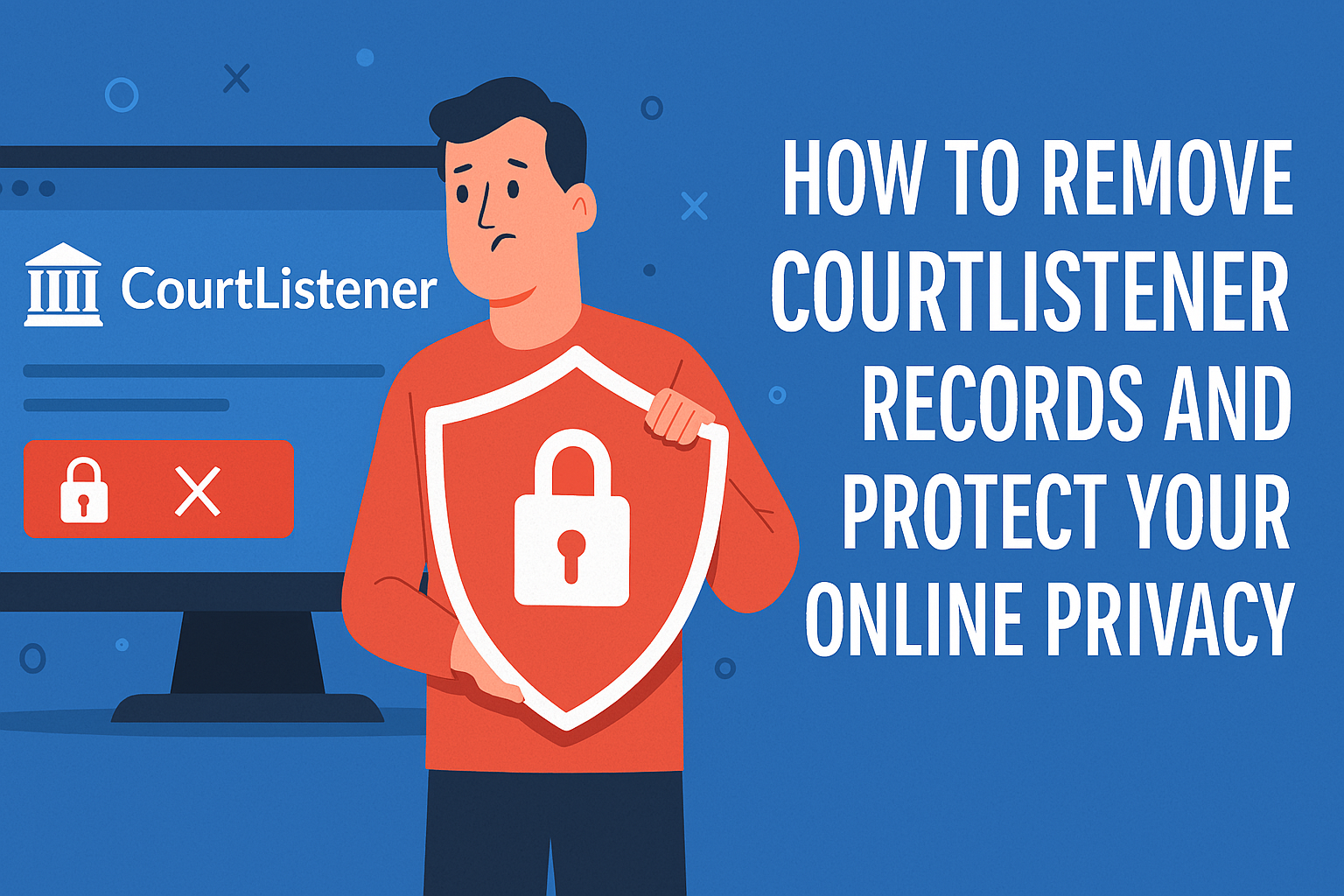Estimated reading time: 4 minutes
Table Of Content
Why CourtListener Matters in Online Reputation
CourtListener.com is a well-known public archive of federal and state court opinions, maintained by the non-profit Free Law Project. Its mission is rooted in transparency and public access to judicial data. However, the public nature of these records—often easily indexed by Google—can negatively affect job searches, business credibility, and personal relationships.
Even if you were acquitted, dismissed, or successfully appealed, your case may still appear on CourtListener years later.
Understanding What CourtListener Publishes
Types of Records on CourtListener:
- Appellate court decisions
- Federal and state case dockets
- Opinions and filings from PACER
- Oral argument audio
- Party names and attorneys
These records often rank high in search results, particularly if they include your name or business.
Important: CourtListener does not originate the court content—it aggregates and republishes from official court databases like PACER.
Can You Remove Information from CourtListener?
Yes—and no.
CourtListener emphasizes public access and does not routinely remove case records. However, there are several legal and reputational pathways to remove or suppress these listings.
Legitimate Reasons to Request Removal
1. Sealed or Expunged Records
If your case has been sealed or expunged by a court, you may have the legal standing to request CourtListener—and any other aggregators—to take down or de-index the record.
“CourtListener respects legitimate sealing orders. Once verified, they often comply with takedown requests based on sealed documents.”
2. Clerical Errors or Misidentification
If your name is associated with a case by mistake, or you were not a party to the case but are being identified due to a clerical error, you can dispute the record.
3. Stale or Irrelevant Cases
Some individuals argue a “right to be forgotten” under privacy frameworks. While not codified in U.S. law, persistent online exposure to outdated cases can raise ethical questions and may be addressed through reputation management.
How to Request Record Removal or De-Indexing
Step-by-Step Process:
- Verify the Record’s Accuracy
Double-check the case number, court, and parties involved to confirm whether removal is warranted. - Check for Expungement or Sealing
If your case is eligible for sealing or has already been sealed, obtain the official court order. - Contact CourtListener
Use the contact information on their contact page to submit your request. Include:- Your full name
- URL to the case record
- Supporting documentation (sealing order, court records, ID)
- Submit a Google De-Indexing Request
Once removed (or if inaccurate), submit a Legal Removal Request to Google. - Work With Defamation Defenders
We handle the process end-to-end—from document review to negotiation and search engine suppression.
Alternatives if Removal Fails
Suppression Through SEO
If direct removal isn’t possible, suppressing the page using search engine optimization (SEO) strategies is the next best option. Here’s how:
- Create positive content (profiles, press releases, blogs)
- Build authoritative backlinks to new assets
- Optimize for your name or business to push positive links above CourtListener
Legal Action
If the publication violates privacy laws or was erroneously posted after sealing, a court order may be used to compel removal. An attorney familiar with defamation and privacy laws should guide this process.
Why CourtListener Ranks So High on Google
CourtListener benefits from:
- High domain authority as a legal transparency project
- Frequent backlinks from law journals and news media
- Structured legal content that aligns with search engine algorithms
To compete, you need SEO content just as authoritative and keyword-optimized.
The Role of Reputation Management Services
Professional online reputation services can:
- Audit your current search landscape
- Develop positive online narratives
- Negotiate directly with third-party platforms
- File de-indexing requests
- Promote branded content to outrank CourtListener links
Defamation Defenders offers comprehensive services that combine SEO, content development, and legal expertise to remove or suppress damaging records.
👉 Request free CourtListener removal consultation
Sample Request Template for CourtListener Removal
plaintextCopyEditSubject: Request for Removal of Sealed/Incorrect Case Record
To Whom It May Concern,
I am writing to request the removal of a case record published on CourtListener.com. The URL is: [Insert Link]
This case was [sealed/expunged/incorrectly attributed], and I have attached documentation verifying the legal status.
Please review this request and confirm removal or update of the record.
Sincerely,
[Full Name]
[Email Address]
[Phone Number]
[Attached: Court Order or Legal Documents]
Frequently Asked Questions
Yes, but only in rare cases involving sealed records or proven identity errors.
No. You must submit a separate request to Google or work with a reputation service to de-index it.
Yes, SEO-based suppression is a proven tactic used by professionals.
Generally, no—unless the court has issued a sealing or removal order.
It depends, but typically 1–4 weeks after submitting sufficient documentation.
More Useful Content:



